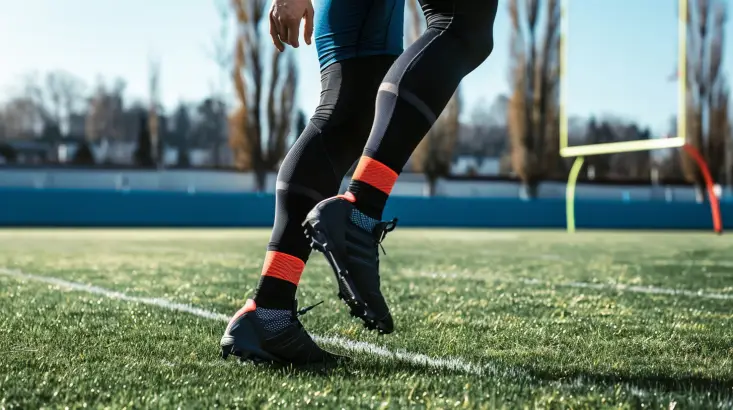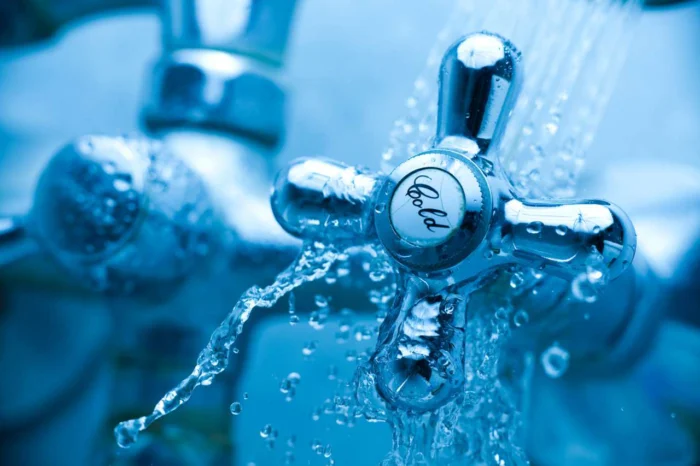In the vast universe of gym gear, one category that has steadily gained momentum among fitness enthusiasts and professional athletes alike is compression gear. From sleek leggings and socks to arm sleeves and shirts, this snug-fitting attire is not just about fashion; it’s backed by science to enhance your performance and recovery. Let’s dive into the science behind the squeeze and how compression gear can be a game-changer in your fitness regime.
The Foundations of Compression Technology
At its core, compression gear is designed to apply a balanced amount of pressure to specific body parts. This pressure increases blood circulation, which is crucial for delivering more oxygen to muscles during exercise. Enhanced oxygen delivery helps reduce muscle fatigue, allowing you to push harder and longer.
Performance Enhancement: Squeeze Your Way to Victory
- Improved Oxygenation: By facilitating better blood flow, compression gear helps oxygenate the blood more efficiently. For athletes, this means improved endurance and performance, as muscles receive the oxygen they desperately need during intense workouts.
- Reduced Muscle Oscillation: During physical activity, muscles vibrate with every footstrike or movement, which can lead to muscle fatigue and soreness. Compression gear holds muscles firmly in place, reducing oscillation and potentially lowering the risk of muscle damage.
- Enhanced Proprioception: Proprioception is our body’s ability to sense its position in space, and it’s crucial for balance and coordinated movement. Compression gear can heighten this sense, leading to improved agility and performance, especially in sports requiring precise movements.
Recovery: A Tight Grip on Healing
- Accelerated Recovery Processes: The increased circulation promoted by compression gear not only benefits performance but also recovery. Post-exercise, the enhanced blood flow helps remove metabolic wastes more efficiently, speeding up the healing process.
- Reduced Muscle Soreness: Anyone who’s experienced the dreaded DOMS (Delayed Onset Muscle Soreness) knows how it can hamper subsequent workouts. Compression gear can mitigate this soreness, making it easier to stick to your training schedule.
- Stability and Support: Beyond performance and recovery, compression gear offers additional support to muscles and joints. This extra layer of snugness can provide a psychological boost, giving wearers a sense of security and confidence in their movements.
Choosing the Right Compression Gear

While the benefits are clear, not all compression gear is created equal. Here are a few tips for selecting the right gear for your needs:
- Fit is King: Too tight, and it can restrict movement and circulation; too loose, and you lose the benefits of compression. Ensure the gear fits snugly but comfortably.
- Material Matters: Look for moisture-wicking fabrics to keep you dry and comfortable during workouts. Breathability is key.
- Graduated Compression: Some garments offer graduated compression, meaning the pressure varies along the limb. This variation can optimize blood flow for both performance and recovery.
The Verdict: To Squeeze or Not to Squeeze?
The science is in, and it supports the squeeze. Compression gear offers a range of benefits that can enhance performance, accelerate recovery, and support your muscles and joints during intense physical activity. Whether you’re a seasoned athlete or a casual gym-goer, incorporating compression gear into your workout wardrobe might just be the tight move towards achieving your fitness goals.





